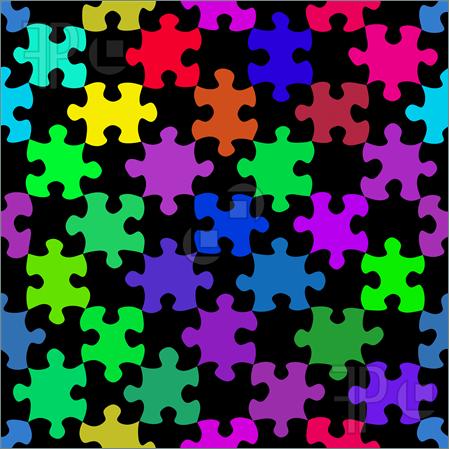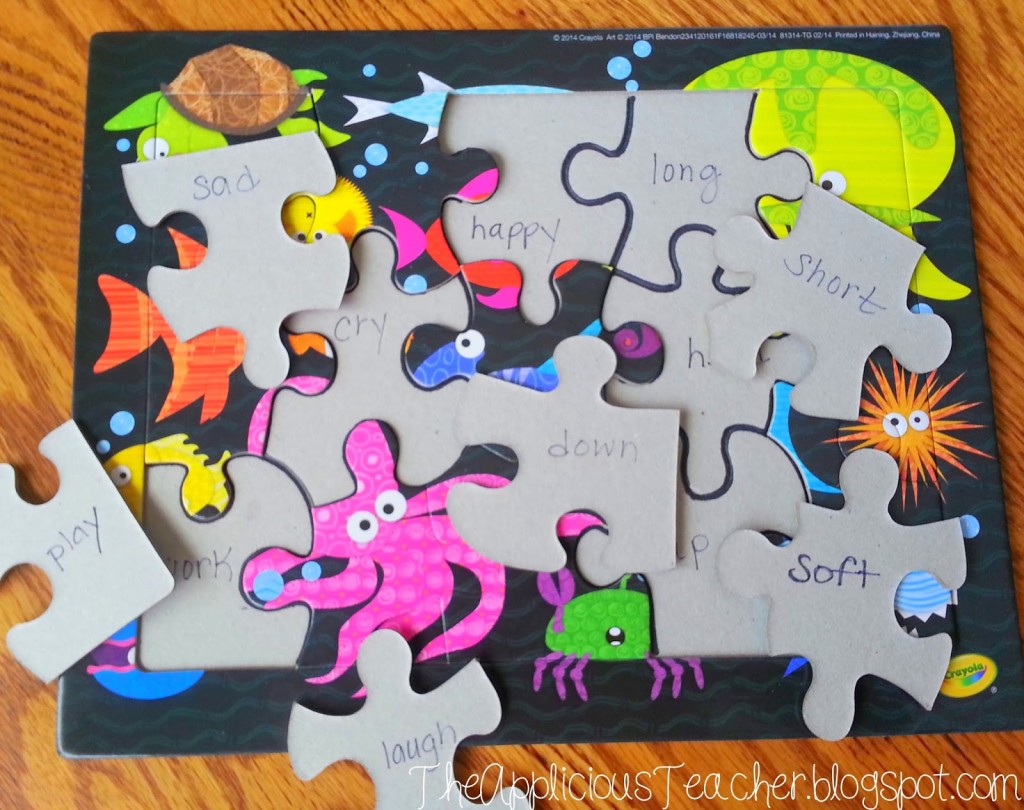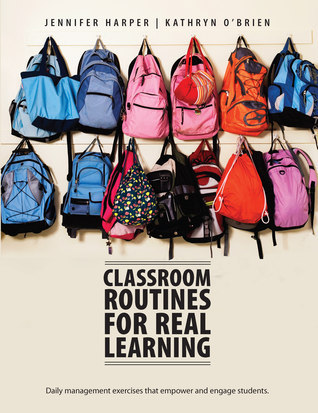humanistic trait theories of personality differ from psychodynamic and humanistic approaches because they describe behavioral tendencies that are consistent over time when asked why he failed, Eddie says the questions were not fair. Eddie probably has an external locus of control Drew is a humanistic personality psychologist.
35 Jigsaw Method ideas | cooperative learning, teaching, teaching strategies
Stereotypes and prejudice: Their overt and subtle influence in the classroom. American Behavioral Scientist, 40, 176-185. The jigsaw technique is a cooperative learning approach that reduces racial conflict among school children, promotes better learning, improves student motivation, and increases enjoyment of the learning experience.

Source Image: teachernyla.com
Download Image
And we overcame that.” Bold as these claims may be, there is some evidence to back them up. Remarkable as the aforementioned short-term effects of the jigsaw classroom intervention are, their long-term results may suggest real and lasting behavioral and attitudinal change.

Source Image: amazon.com
Download Image
100 Classroom ideas | classroom, teaching, teaching technology Elliot Aronson (born January 9, 1932) is an American psychologist who has carried out experiments on the theory of cognitive dissonance and invented the Jigsaw Classroom, a cooperative teaching technique that facilitates learning while reducing interethnic hostility and prejudice.In his 1972 social psychology textbook, The Social Animal, he stated Aronson’s First Law: “People who do crazy

Source Image: babiestobookworms.com
Download Image
Ms Parsons Teaches In A Jigsaw Classroom
Elliot Aronson (born January 9, 1932) is an American psychologist who has carried out experiments on the theory of cognitive dissonance and invented the Jigsaw Classroom, a cooperative teaching technique that facilitates learning while reducing interethnic hostility and prejudice.In his 1972 social psychology textbook, The Social Animal, he stated Aronson’s First Law: “People who do crazy Ms. Parsons teaches in a jigsaw classroom, where students from various backgrounds are assigned to work closely with one another in groups. Based on social psychologist Eliot Aronson’s study, students are most likely to _______. A) compete with classmates within their group B) be prejudiced against classmates from outside their group
Children’s Book about Making Friends | Babies to Bookworms
Explore savanna anne’s board “mrs. parsons classroom” on Pinterest. See more ideas about responsive classroom, whiteboard messages, whiteboard prompts. Cassie Stephens – In case you missed it…I designed a… | Facebook

Source Image: facebook.com
Download Image
160 Best Jigsaw Puzzles ideas | jigsaw puzzles, jigsaw, puzzles Explore savanna anne’s board “mrs. parsons classroom” on Pinterest. See more ideas about responsive classroom, whiteboard messages, whiteboard prompts.

Source Image: pinterest.com
Download Image
35 Jigsaw Method ideas | cooperative learning, teaching, teaching strategies humanistic trait theories of personality differ from psychodynamic and humanistic approaches because they describe behavioral tendencies that are consistent over time when asked why he failed, Eddie says the questions were not fair. Eddie probably has an external locus of control Drew is a humanistic personality psychologist.

Source Image: pinterest.com
Download Image
100 Classroom ideas | classroom, teaching, teaching technology And we overcame that.” Bold as these claims may be, there is some evidence to back them up. Remarkable as the aforementioned short-term effects of the jigsaw classroom intervention are, their long-term results may suggest real and lasting behavioral and attitudinal change.

Source Image: pinterest.com
Download Image
Jigsaw Classroom – iResearchNet Terms in this set (48) Elliot Aronson. invented the jigsaw classroom – a method of organizing classroom activity that makes students dependent on each other to succeed, it breaks classes into groups and breaks assignments into pieces that the group assembles to complete the (jigsaw) puzzle. -findings: showed a decrease in prejudice and

Source Image: psychology.iresearchnet.com
Download Image
Puzzles in the Classroom – The Applicious Teacher Elliot Aronson (born January 9, 1932) is an American psychologist who has carried out experiments on the theory of cognitive dissonance and invented the Jigsaw Classroom, a cooperative teaching technique that facilitates learning while reducing interethnic hostility and prejudice.In his 1972 social psychology textbook, The Social Animal, he stated Aronson’s First Law: “People who do crazy

Source Image: theappliciousteacher.com
Download Image
Classroom Routines for Real Learning: Daily Management Exercises that Empower and Engage Students by Jennifer Harper | Goodreads Ms. Parsons teaches in a jigsaw classroom, where students from various backgrounds are assigned to work closely with one another in groups. Based on social psychologist Eliot Aronson’s study, students are most likely to _______. A) compete with classmates within their group B) be prejudiced against classmates from outside their group

Source Image: goodreads.com
Download Image
160 Best Jigsaw Puzzles ideas | jigsaw puzzles, jigsaw, puzzles
Classroom Routines for Real Learning: Daily Management Exercises that Empower and Engage Students by Jennifer Harper | Goodreads Stereotypes and prejudice: Their overt and subtle influence in the classroom. American Behavioral Scientist, 40, 176-185. The jigsaw technique is a cooperative learning approach that reduces racial conflict among school children, promotes better learning, improves student motivation, and increases enjoyment of the learning experience.
100 Classroom ideas | classroom, teaching, teaching technology Puzzles in the Classroom – The Applicious Teacher Terms in this set (48) Elliot Aronson. invented the jigsaw classroom – a method of organizing classroom activity that makes students dependent on each other to succeed, it breaks classes into groups and breaks assignments into pieces that the group assembles to complete the (jigsaw) puzzle. -findings: showed a decrease in prejudice and